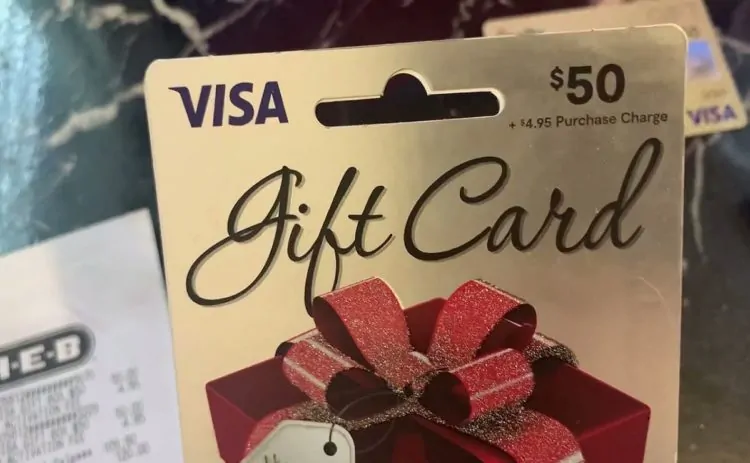
Gift cards now function as regular payment methods across many industries and online platforms. This shift from presents to payment tools reflects consumer demand for flexible, secure alternatives that provide spending control and reduce financial risk. Gift cards are accepted as legitimate payment methods by retailers, restaurants, and companies to generate immediate revenue streams. Modern economies benefit from streamlined gifting systems, with my-giftcardmall.com bridging the gap between traditional purchases and innovative alternatives to streamline processes in addition to building trust in digital solutions.
Online retail transformation
Internet retailers accept gift cards as standard payment because they lower transaction risks and build customer loyalty. Online stores know that gift card holders typically spend beyond the card amount, creating extra revenue past the original purchase. Digital cards also cut shipping expenses and delivery waits compared to physical versions, benefiting merchants and buyers alike. Large online marketplaces display gift cards prominently among payment choices, often giving rewards for selecting cards over standard payment methods. This payment type attracts consumers who want to avoid automatic renewals or sharing credit information across various services. Modern digital gift cards allow instant delivery and use, making them practical for immediate purchases rather than only future transactions. Mobile applications and digital wallets hold multiple gift cards in one place, making payment simpler and encouraging frequent use across different merchants and platforms.
Restaurant industry adoption
Gift cards are standard payment options in restaurants and food delivery services, recognising their power to attract new customers and encourage them to return. During busy times, fast food chains offer convenient payment options with gift cards to build customer loyalty. Food delivery applications integrate gift cards into payment systems to attract budget-minded consumers who prefer prepaid options over credit cards for regular food orders. The controlled spending aspect of gift cards appeals to families managing food budgets and people trying to limit delivery costs to set amounts. Corporate catering companies accept gift cards for business meal orders more frequently, as companies use them for employee meal benefits without complex reimbursement procedures. This business-to-business use shows how gift cards work as payment tools beyond standard consumer retail situations.
Service industry expansion
Healthcare providers, legal firms, and educational institutions accept gift cards as payment for services more often, recognizing their value for budget planning and client convenience. Medical offices use gift cards for elective procedures and wellness services where patients prefer advance payment rather than handling payment at service time. Training centres and certification programs use gift cards to simplify corporate education purchases, allowing companies to buy training credits in advance and distribute them to employees as needed. This approach streamlines corporate learning budgets through employee flexibility in choosing relevant courses and timing their professional development activities.
Transportation payment integration
Public transit systems rideshare companies, and travel booking services have added gift cards as regular payment options to serve customers without traditional bank accounts or credit cards. Transportation gift cards provide budget control for commuting costs while making payment processes simpler for frequent users. Travel companies use gift cards to enable booking payments and travel planning without immediate credit card charges. This payment method helps vacation planning, where travellers prefer paying gradually for trips rather than large single transactions at booking time.
The transportation sector’s gift card adoption reflects broader access goals, ensuring payment options exist for diverse customer bases regardless of their traditional banking relationships or credit histories. This inclusion expands service access while providing convenient payment alternatives that meet various customer financial situations and preferences.





